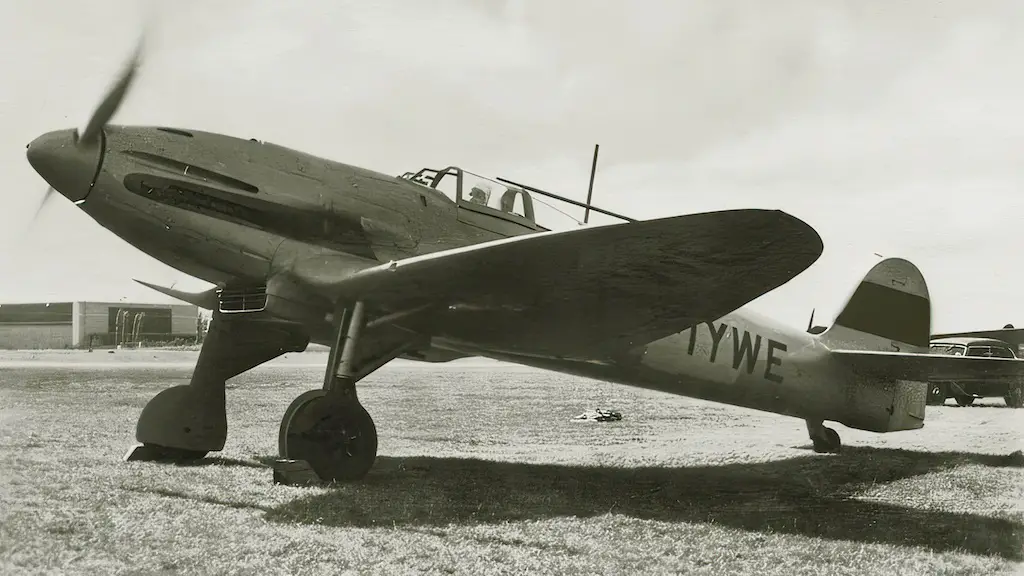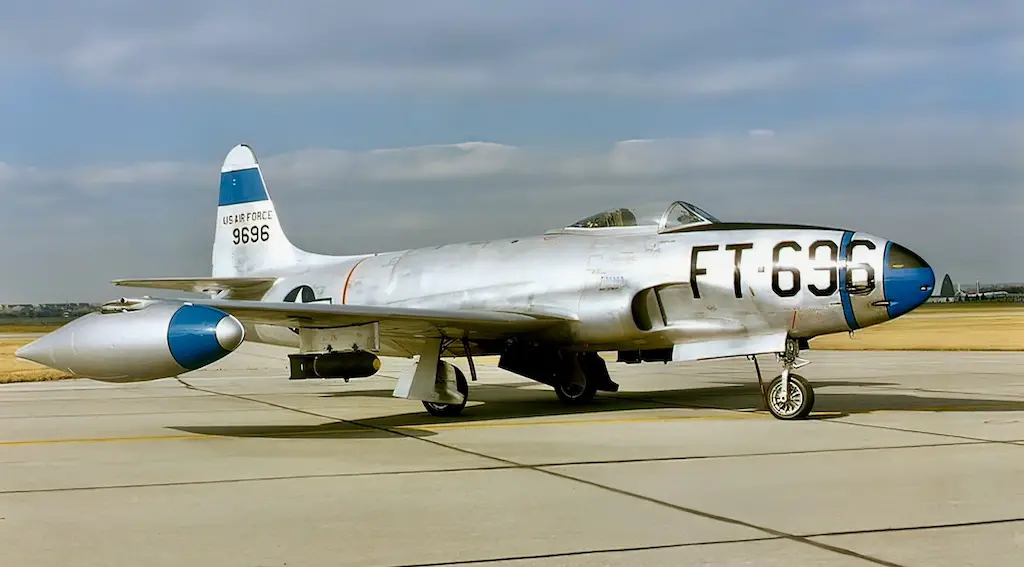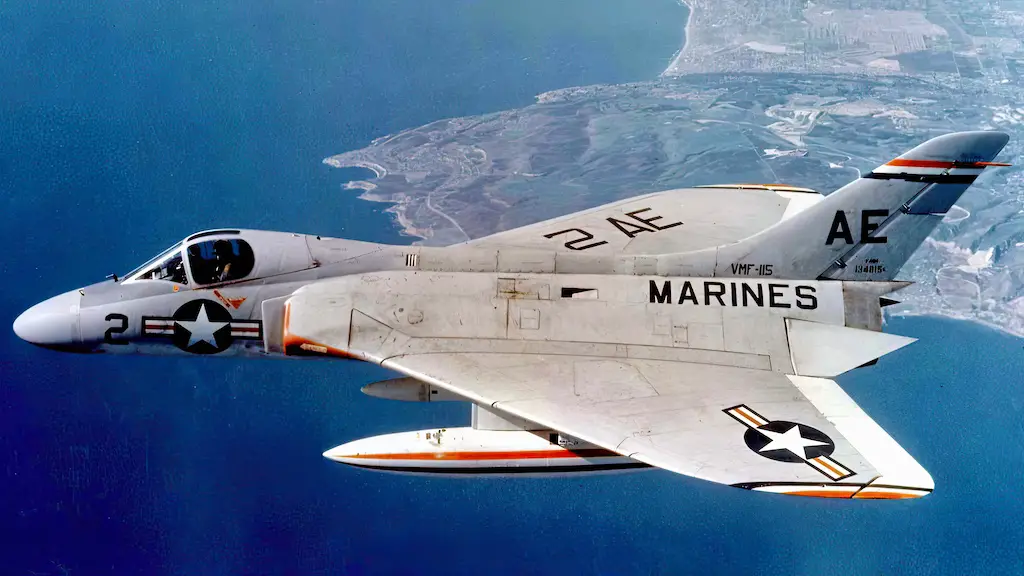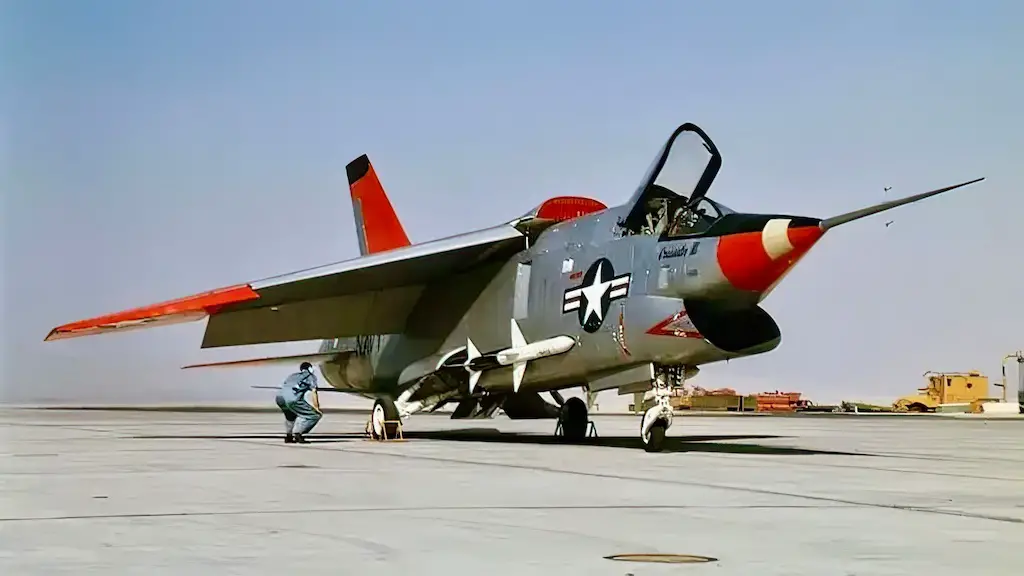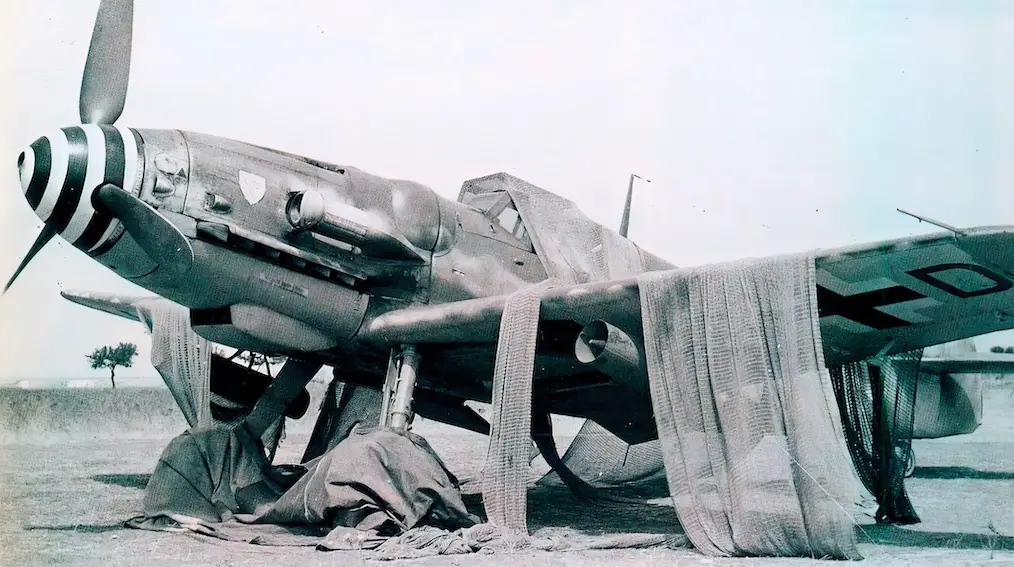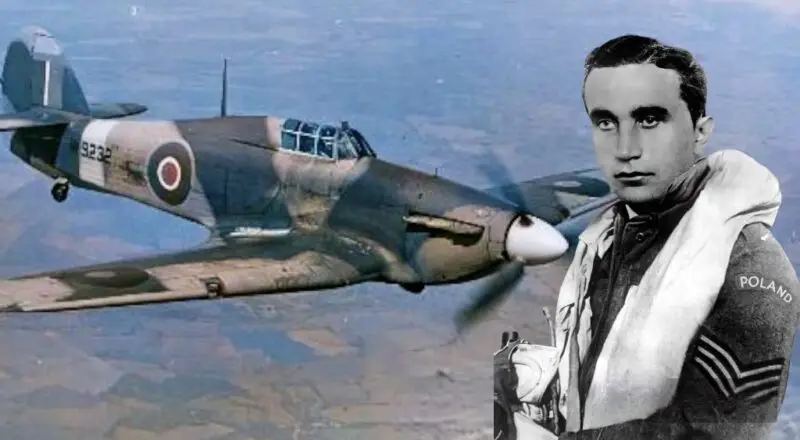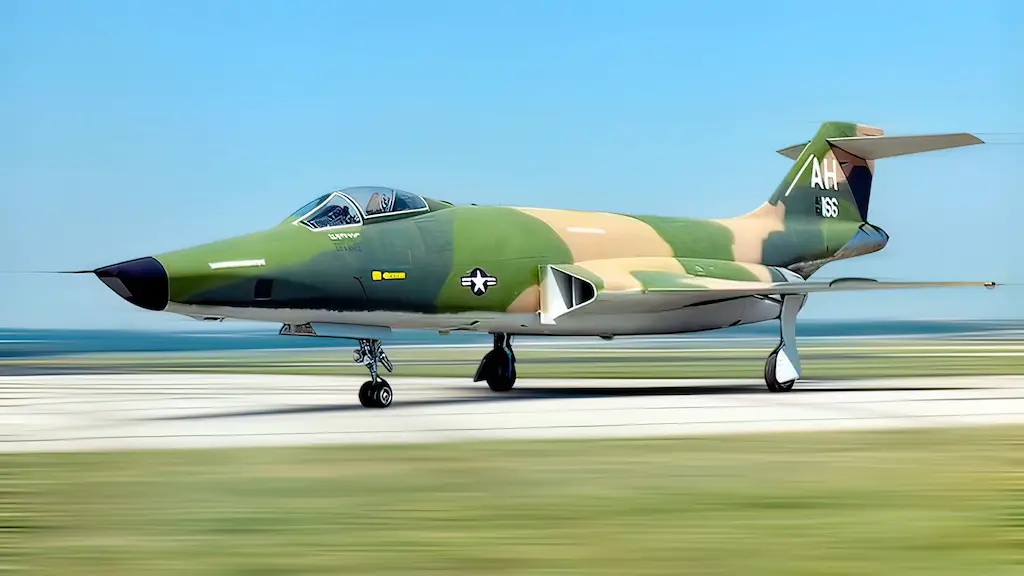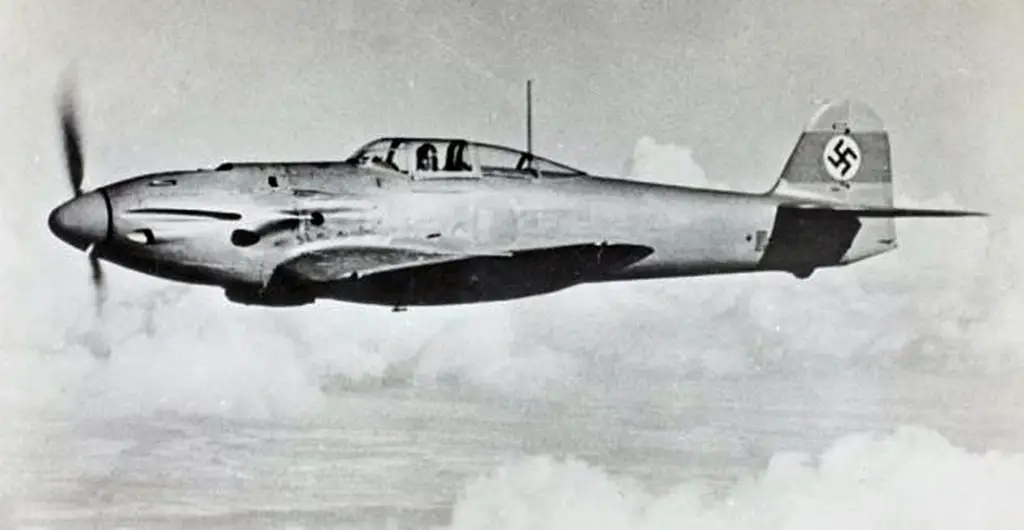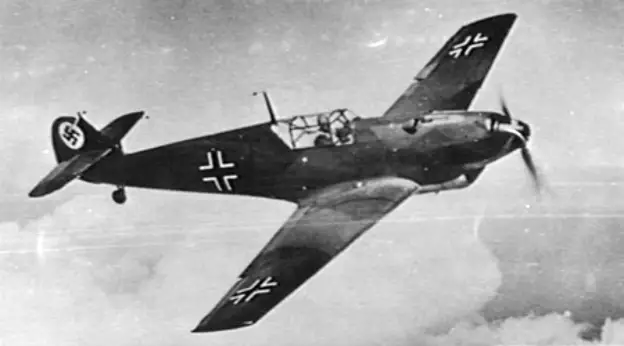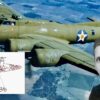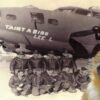Setting the Stage
In the maelstrom of the 1930s, the German Heinkel company unveiled a new hope for aerial supremacy, the Heinkel He 112. The brainchild of the brothers Walter and Siegfried Günter, the He 112 aimed to dominate the skies as a fast, maneuverable, and potent fighter.
The Gunters envisioned a low-wing monoplane, its sleek lines embodying the German aviation industry’s cutting-edge aerodynamics. Developed in response to the Reich Air Ministry’s request for a new frontline fighter, the He 112 represented a bold leap forward from the biplane designs of the past. It boasted an elliptical wing, an enclosed cockpit, and a retractable landing gear, all firsts in German military aviation.
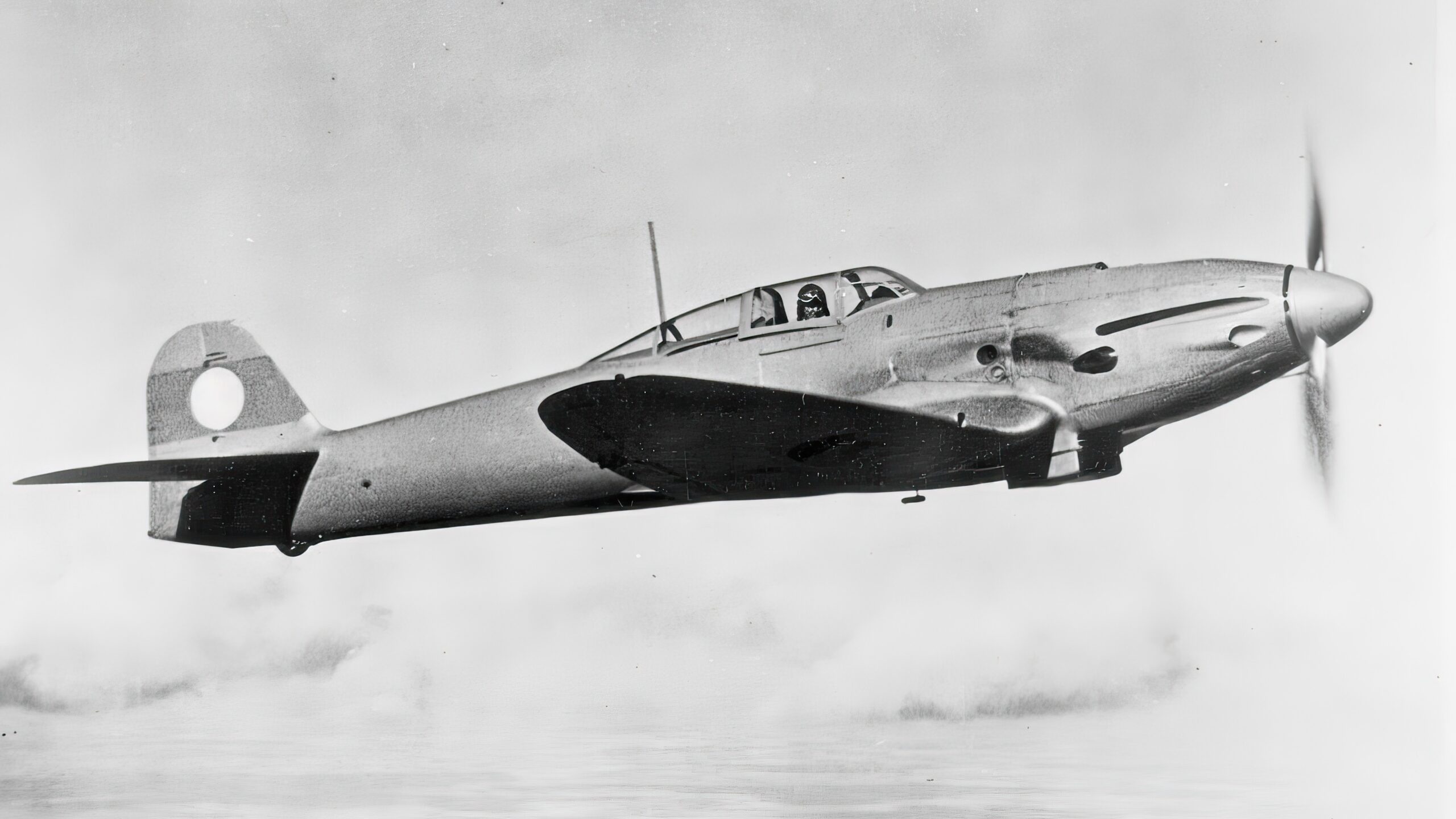
The He 112 Test Flights
The first prototype, He 112 V1, lifted off in the summer of 1935. Its performance, while solid, didn’t outshine its contemporaries. The initial engine, a 640 hp Rolls-Royce Kestrel, underperformed. It became clear that Heinkel’s creation needed more power.
This insight led to the second prototype, He 112 V2, equipped with a more potent 680 hp Junkers Jumo engine. The V2 model exhibited promising results. It exhibited a top speed of 510 km/h, giving it a competitive edge. Test flights validated the He 112’s agility, stability, and excellent visibility. Despite some minor issues, such as high landing speeds, the He 112 appeared to be a solid contender in the race for the skies.
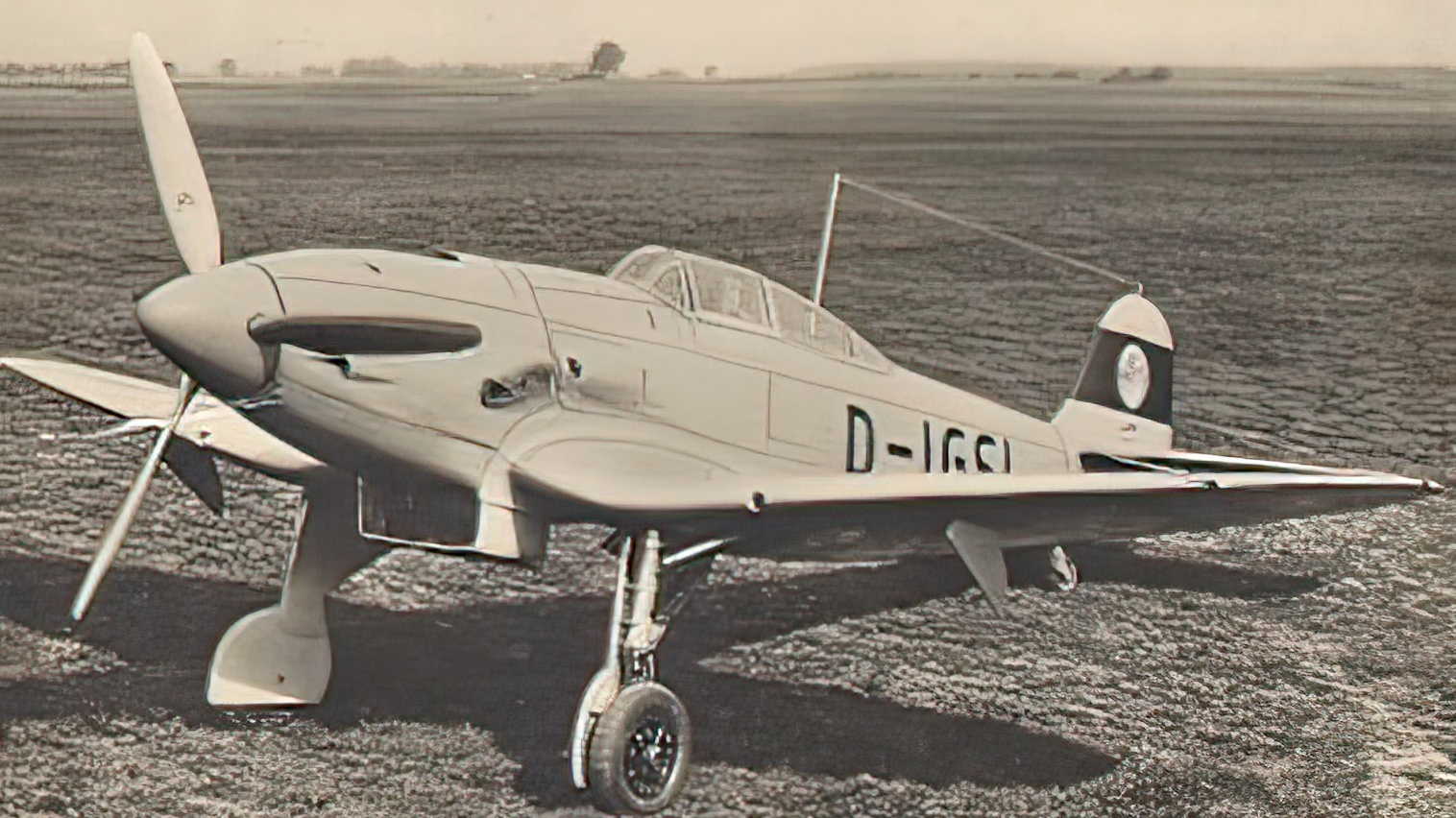
The Rival Emerges
The He 112 faced formidable competition from the Messerschmitt Bf 109, a plane that would become one of the Second World War’s most iconic fighters. Why did the Bf 109 outshine the He 112? The reasons boil down to efficiency, simplicity, and adaptability.
While the He 112 was a technological marvel, its innovative design proved to be its downfall. Its elliptical wing was harder and costlier to manufacture compared to the Bf 109’s rectangular wing. Furthermore, the He 112’s high landing speed made it less suitable for inexperienced pilots. The Bf 109, with its more manageable landing speed and simpler design, won the day. It was cheaper, easier to produce, and user-friendly, key factors in the tumultuous pre-war years.
He 112s Built for Other Countries
Despite losing out to the Bf 109, the He 112 found a new life abroad. Several countries saw potential in Heinkel’s creation. Among them were Spain, Hungary, Japan, and Romania.
The Spanish Nationalists used a small number of He 112s during their civil war. The aircraft’s maneuverability and speed earned it a favorable reputation among Spanish pilots. In Hungary, the He 112 B-1/U2 variant became a staple in their Air Force during the early stages of World War II.
Perhaps the most extensive use of the He 112 was in Romania. A total of 30 planes flew with the Royal Romanian Air Force. These aircraft saw extensive action on the Eastern Front against the Soviet Union. Their He 112s were outfitted with a more powerful engine and heavier armament, proving to be effective adversaries for the Soviet Air Force.
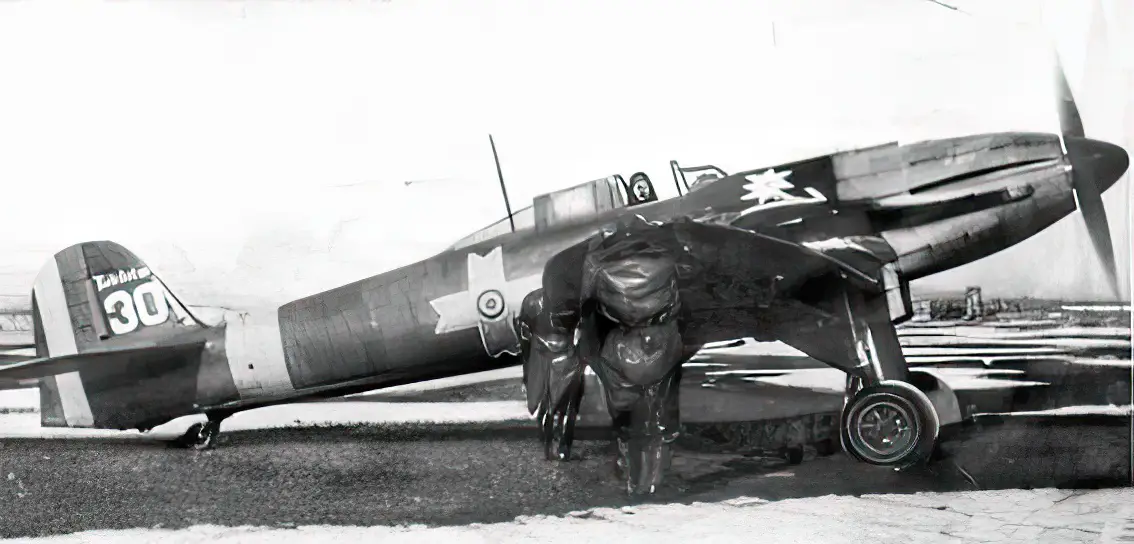
The He 112’s Legacy
The Heinkel He 112 was a remarkable fighter aircraft that, despite its impressive performance and technological advancements, failed to secure a position within the German Luftwaffe. Political influences and the favoritism towards the Messerschmitt Bf 109 meant that the He 112 was overshadowed and largely forgotten.
Nonetheless, the He 112 played a role in advancing German aviation technology and contributed to the development of subsequent aircraft designs. Although it did not gain the recognition it deserved during its time, the Heinkel He 112 remains an important piece of aviation history, representing the ambitions and challenges faced by Germany in the prelude to World War II.

